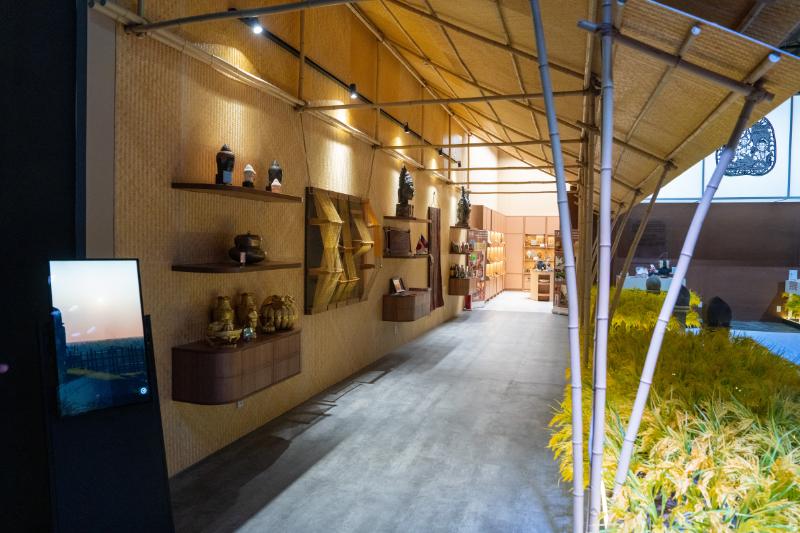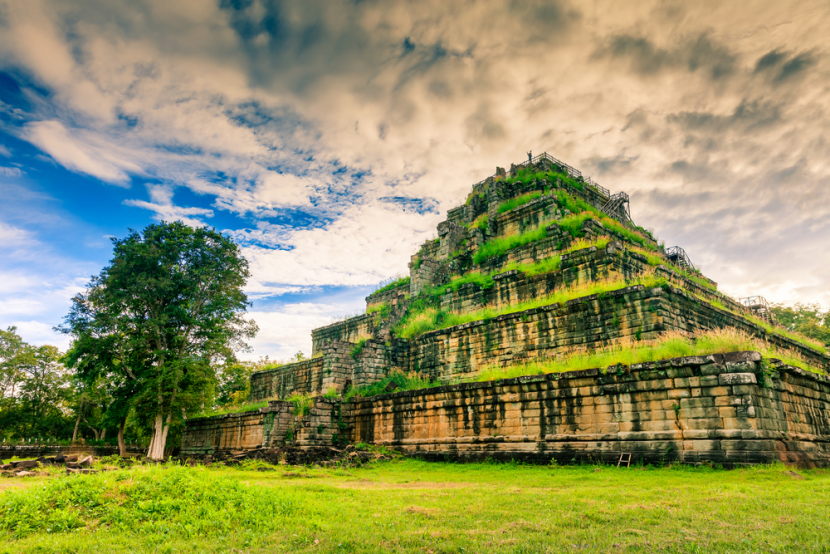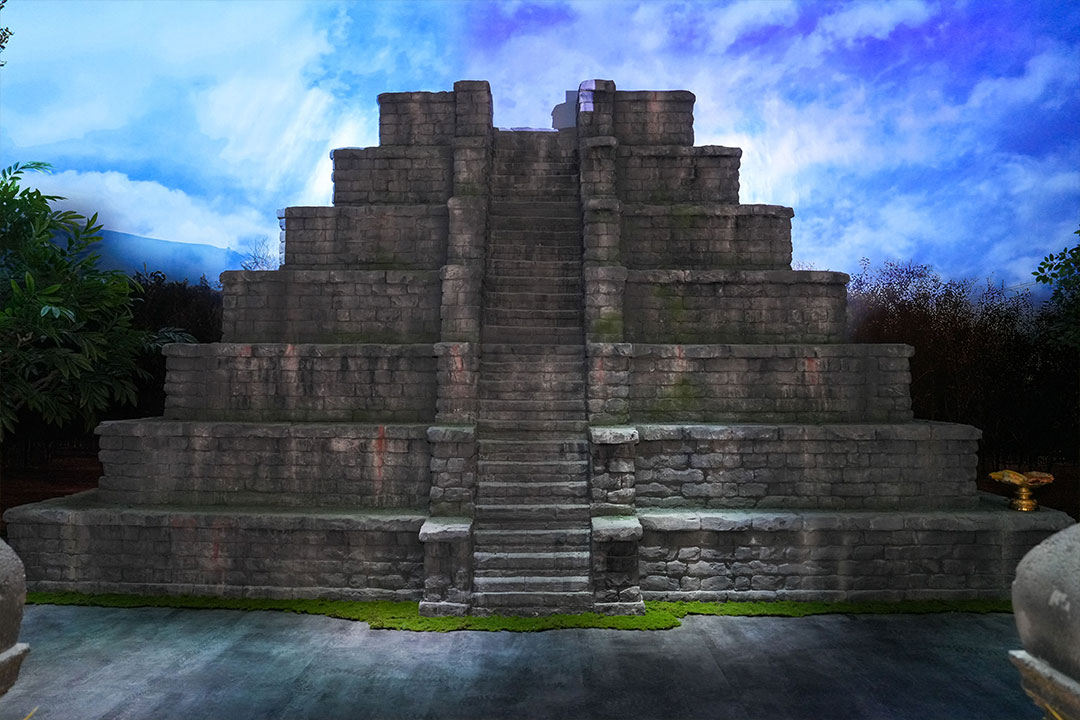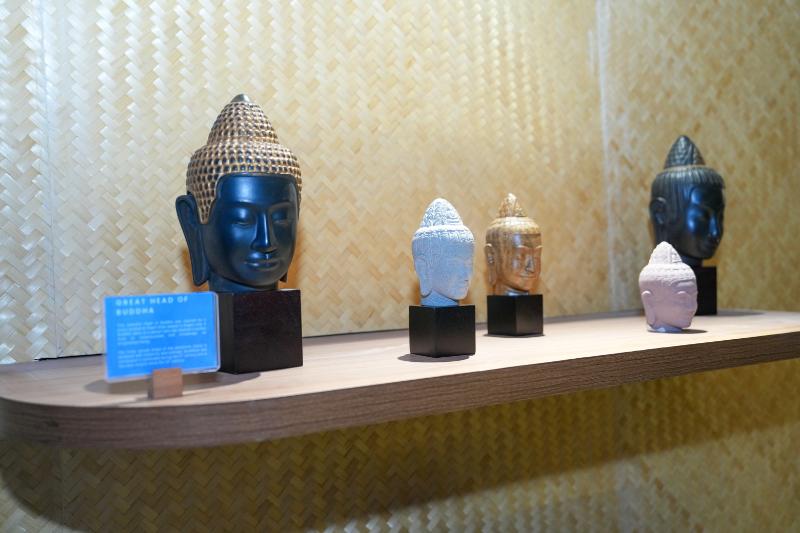
Traditional Sculpture
Cambodian sculpture reflects the nation’s rich artistic heritage, evolving from prehistoric carvings to the grand masterpieces of the Angkor era. The earliest known Khmer stone sculptures, dating to the 6th century, were found in cave temples near Angkor Borei. Influenced by Indian traditions, Khmer artisans developed a unique style, crafting elegant free-standing figures and intricate temple reliefs.
The Angkorian period (9th–13th century) was the golden age of Khmer sculpture, producing monumental figures in styles like Kulen, Koh Ker, and Bayon, seen in temples such as Angkor Wat. Sculptures became more refined, with graceful proportions, intricate jewelry, and expressive features blending Hindu and Buddhist influences. Under King Jayavarman VII, Buddhist art flourished, giving rise to the serene and highly revered Bayon-style statues.
Even as Angkor’s era transitioned, Khmer sculpture continued to flourish, with wood becoming the primary medium. Theravada Buddhism inspired masterfully crafted wooden figures, beautifully adorned with lacquer, ivory, mother-of-pearl, and metal inlays. Though large stone monuments became less common, artisans upheld their legacy through intricate wood carvings, ensuring Cambodia’s artistic traditions remained vibrant and deeply rooted in spirituality.



